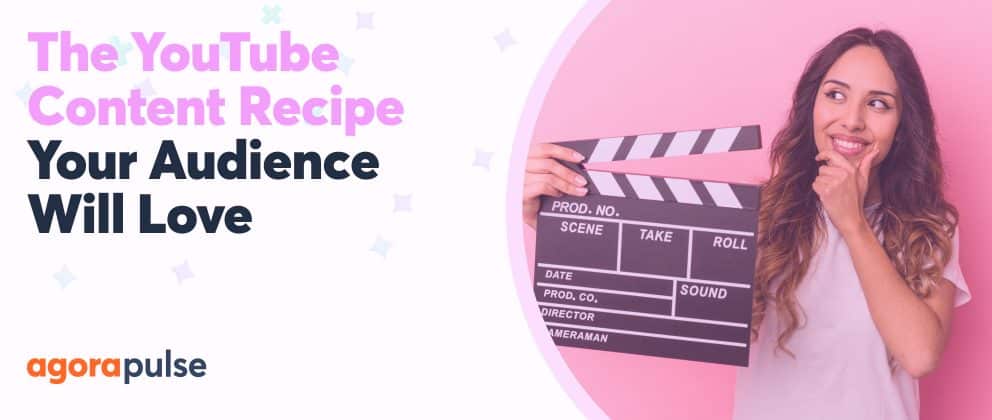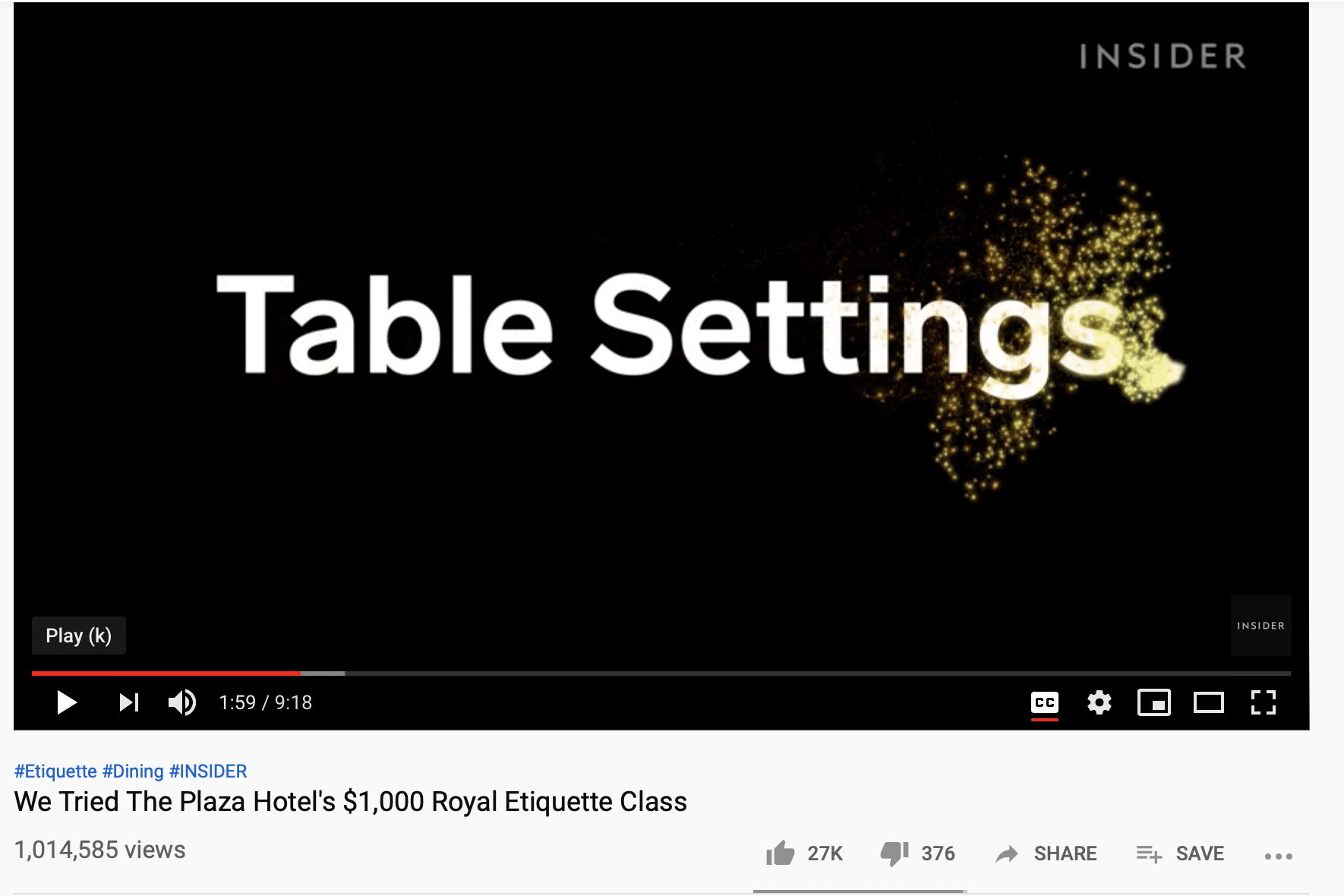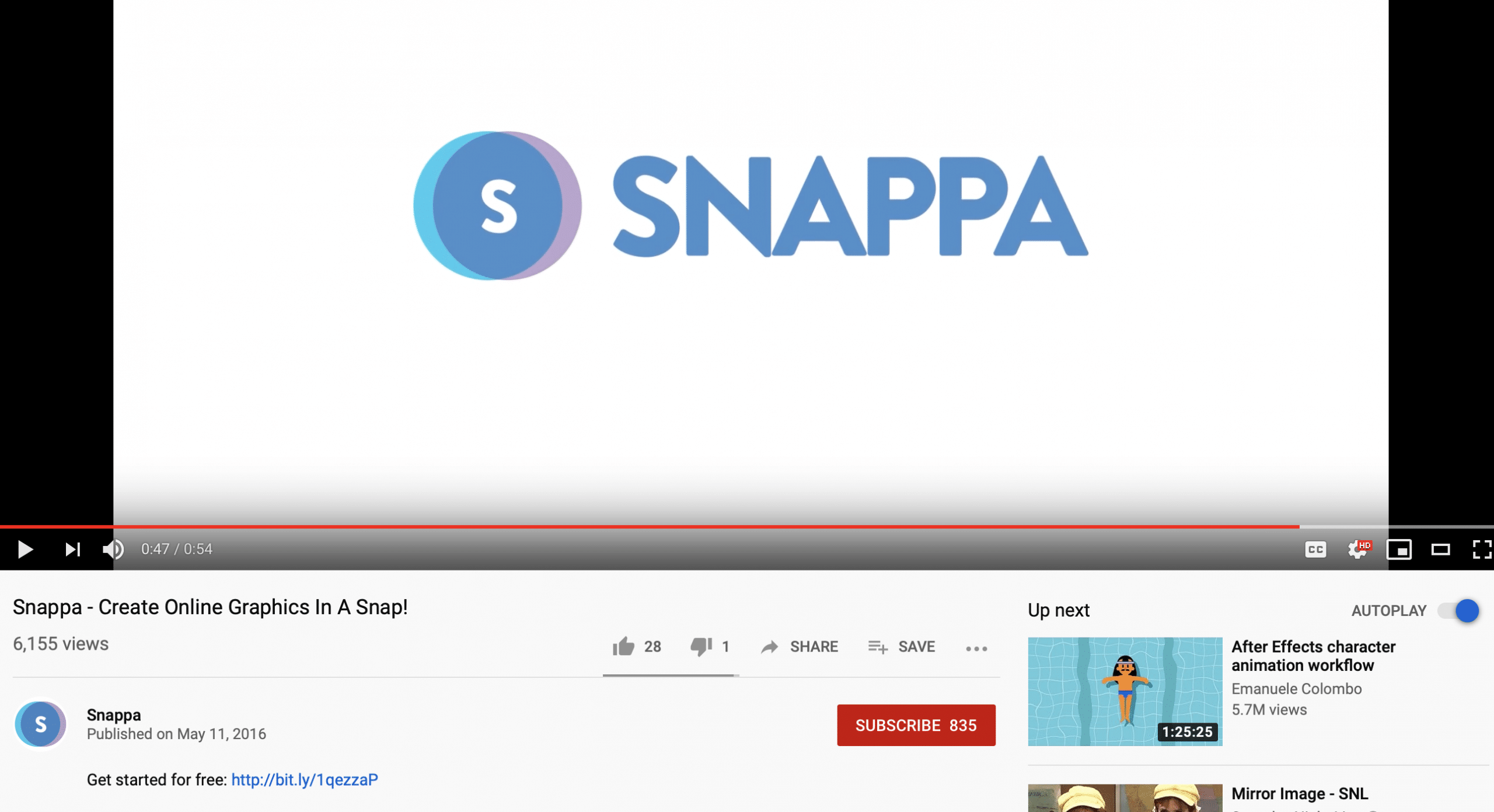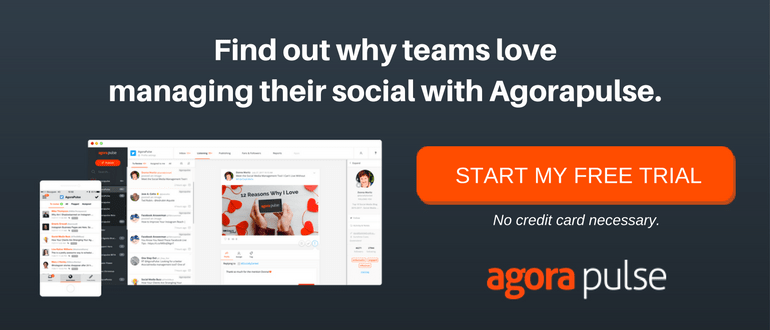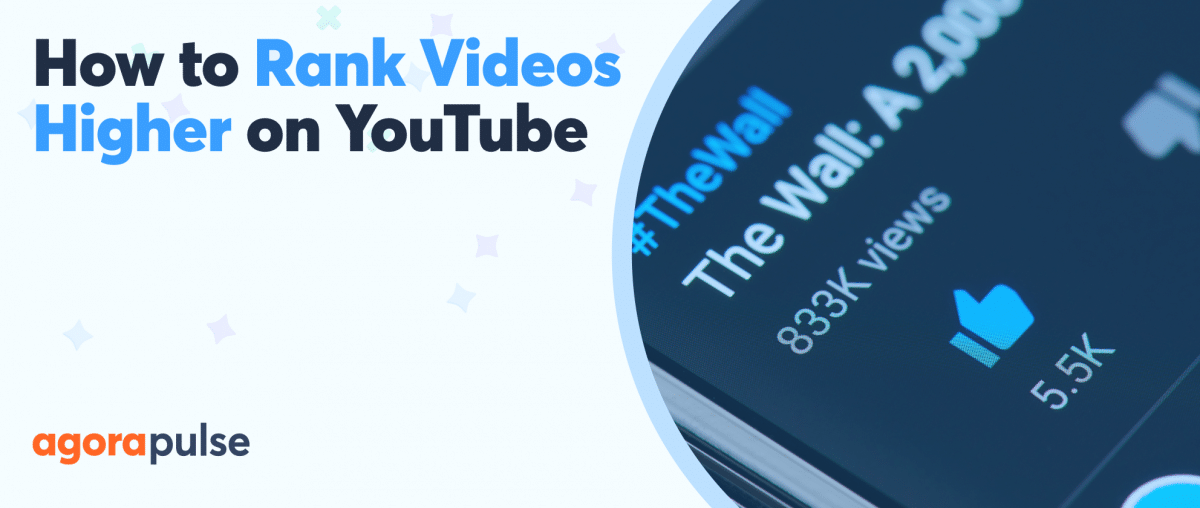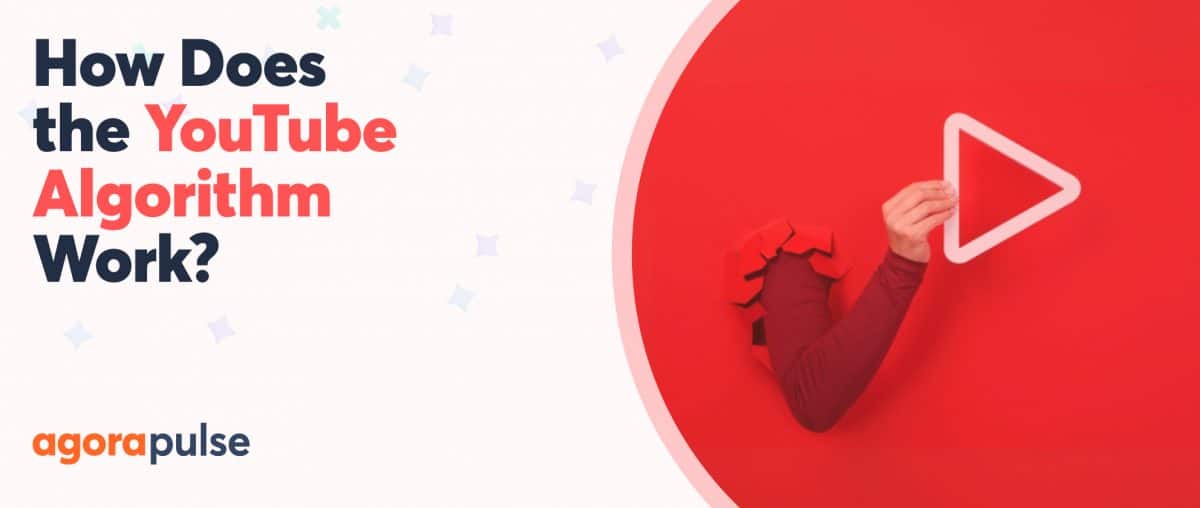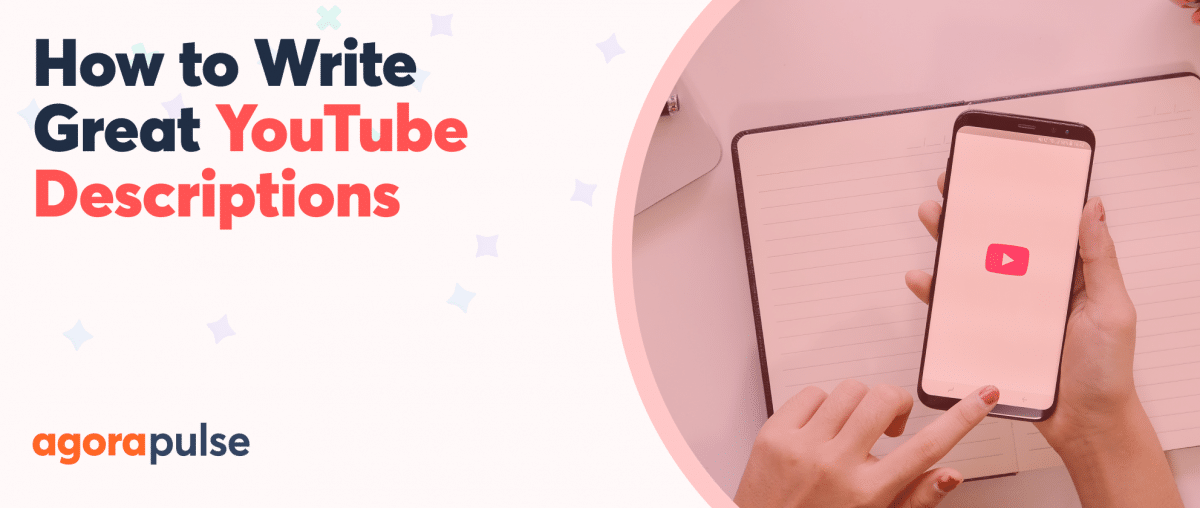Before you create a YouTube video, make sure you have the right structure, so you hit your goal and capture your audience’s attention.
YouTube marketing requires a lot of creativity and organization. Many brands are great at writing in their distinct voice, but they lack organization. So, their content feels a little disjointed.
Does your YouTube content feel scattered, too? If so, keep reading. We’re diving into four different formulas for YouTube videos that will help you organize your content to keep viewers engaged and watching until the end screen rolls.
Your Essential Ingredients for a Successful YouTube Video
We need to cover the basics before we discuss why certain organizational structures will be important and why some needs to be where they are.
Captivating first 15 seconds of a video
You need to at least capture user attention within the first five seconds and have it completely at fifteen. If you don’t, the user is gone.
Starting with an interesting lede or explaining what the video is about is crucial. The video below does this well, offering a relevant (then-timely) lede about Hurricane Matthew and then explaining what the video is about.

Three distinct sections for your YouTube video
All videos should be able to be broken down into three distinct sections: beginning, middle, and end. You’ll notice this in all our YouTube video formulas that we look at, even if the beginning and end are a single sentence each.
The video we linked to above does this well, too. It has a clear beginning where the brand explains the video and offers “housekeeping” tips about subscribing, then it launches into the overall content. Then, the video exits addressing users with a call-to-action.
Textual clues on screen
You’re going to want to make the organization obvious. Doing so keeps users engaged. So include textual clues on-screen like “Step 1: Clean the Pot” or “Tip 2: Evacuation Roads” as you move from subject to subject.
We use subheads for the same purpose in blog posts, and they give users something additional to look at while they progress through the article.
Call-to-action
YouTube videos on their own won’t naturally drive action unless you optimize them to do so.
For example, someone who watches an interesting video on how to buy a house may love your content and even like the idea of using your service that you gently promoted. However, if you don’t have a link to that service in the description at least with a CTA in the video to check it out, your viewer will probably not convert.
An end screen and proper CTAs are essential to driving real action.
With all this mind, let’s go ahead and start looking at a few video templates!
YouTube Video Templates That Pull in Audiences
Most of the templates are similar in their organization, but most of the differences happen in the middle sections (depending on the style of the video).
Educational Videos
Educational videos are common for brands and businesses to use. The videos act as an extension of the content marketing campaign. The purpose here is to inform users and, in many cases, subtly promote your product or service in the background.
Educational videos can feel a little overwhelming for users, so breaking them down will be particularly important. Your script needs to focus on clear segmentation and explain why the information is valuable.
Here’s the YouTube formula I’d recommend for this:
- Introduction with a hook, like: “Which is better: roundhouse kicks or front kicks? In this video, we’re going to give you a definitive answer about when you should each.”
- Explain the value of the video, like: “Knowing the right types of kicks to use in the right situations will improve your fighting versatility, letting you better defend yourself no matter what the current situation is.”
- Announce that you’re launching into the video. “Let’s take a look at each type of kick, how to execute them well, and when you should use them.”
- Break into the informational part. Segment the audience clearly like you would an outline, and then use textual cues like “The Roundhouse Kick!” and “How to execute it” to keep users aware of where they’re moving through. Treat each section like paragraphs, breaking into a new one with new thoughts.
- Recap what was covered in the video, like: “So that’s why the roundhouse kick is one of the more versatile fighting options!”
- End with a CTA encouraging users to subscribe and direct them where they can learn more. This may take the form of “don’t forget to subscribe” and “click on the link in the description to learn more or book a consultation.”
This will be content-heavy, so use those textual cues to help break things up. A great example of a video that follows a similar formula can be seen here:

Client Testimonial Videos
Client testimonial videos are strong choices when you need to nurture people further along the conversion funnel. They can often give you the chance to rank for keywords like “Agorapulse review,” which people may be use when researching their buying decision.
Client testimonial videos should be short, at no more than a minute long if focusing on a single client.
Here’s the template I use when writing the video scripts:
- Introduction to who the client is, a little bit about why they need your product, and a statement like “and we used Agorapulse to revolutionize our social media.”
- Discussion of how exactly the client used and/or benefited from your product or service. Get specific, using storytelling techniques explaining the emotional impact in addition to the practical one. Compare before and afters during this section.
- End with a quick CTA, like “If you haven’t used Agorapulse yet, check it out.” Make sure there’s a link to a landing page, free trial, or the relevant product page in the description.
Here’s a great example:

Tutorial Videos
Tutorial videos are exceptionally popular on YouTube, which is why you see “how to” keywords at the top of so many search lists. Keep in mind that YouTube users are 3x more likely to watch a YouTube tutorial video from a brand as opposed to read the instructions.
Tutorials are closely related to informational content, but instead of just sharing basic information, you’re giving more actionable, step-by-step info here.
This type of YouTube video shouldn’t focus on much background information or exposition except to explain why the subject of the tutorial matters and to share any details immediately relevant to the task at hand.
Here’s a good formula for tutorial videos on YouTube:
- Introduction with a hook, such as: “Do you know how to properly clean jewelry?” or “Tired of that diamond not showing its sparkle? Properly cleaning your jewelry will bring it back to full luster.”
- Statement of what you’ll be discussing, like: “We’ll take you step by step through the process to clean your jewelry the same way jewelers do.”
- Take users step by step through the process. You can introduce each step with a “Step 1– get your supplies ready.” Walk users through each step in detail.
- Recap of why it’s important, reminding users that these four short steps are all they need to properly maintain their jewelry.
- End screen with a CTA to learn more or purchase the relevant products or services through your description link.
This is a great example of a video that follows a similar formula:

Sales Videos
Sales videos can be exceptionally valuable for brands. One survey found that 68% of YouTube users watched video to help them make a purchase decision, and 80% of those that did said they watched the videos at the beginning of the buying process.
There are two different types of sales videos.
One type of YouTube sales video will be the QVC-styled infomercial, where you’re straight up selling the product like it’s a sales call.
The second type is what we’re going to look at here, where you’re using a content-based approach, bringing users in with a keyword they may be looking for anyways and offering your product or service as a solution. (We’ll look at an example of this in a minute).
Here’s the basic formula I use for this:
- Introduction that focuses on the customer’s question, like: “Can you spot a real diamond from the fakes?”
- The explanation of why this matters, like: “Real diamonds and fake diamonds may look similar to the untrained eye, but ensuring you’re getting the real deal will help you get your money’s worth and lead to a lifelong symbol of your love.”
- Statement explaining what the user will learn in the video, like: “Let’s take a look at three ways to spot a real diamond from a fake one.”
- Mention a problem that users regularly face and then position your brand or service as the solution. For example, users don’t know whether they can trust a small local jeweler, but you can share that they can trust your big-name brand with local-jeweler trust and pricing. This step is important.
- Explain the information users need, further positioning your brand or product as the solution while offering relevant information. This will help your message feel authentic while still matching on search intent.
- End the video with a recap of how your brand is a great solution and where to get more information, like: “You can always count on our non-commission sales team to help you find the ring that’s right for you, just book an appointment at the link below.”
A great example can be seen here:

Conclusion
When you’re using these formulas, remember that they’re templates meant to guide you. Tweak them as you see fit and in ways that best align with your brand needs and your audience behaviors. Doing so can help you create a perfect-for-you video that will yield results.
Sign up now for a FREE demo.
